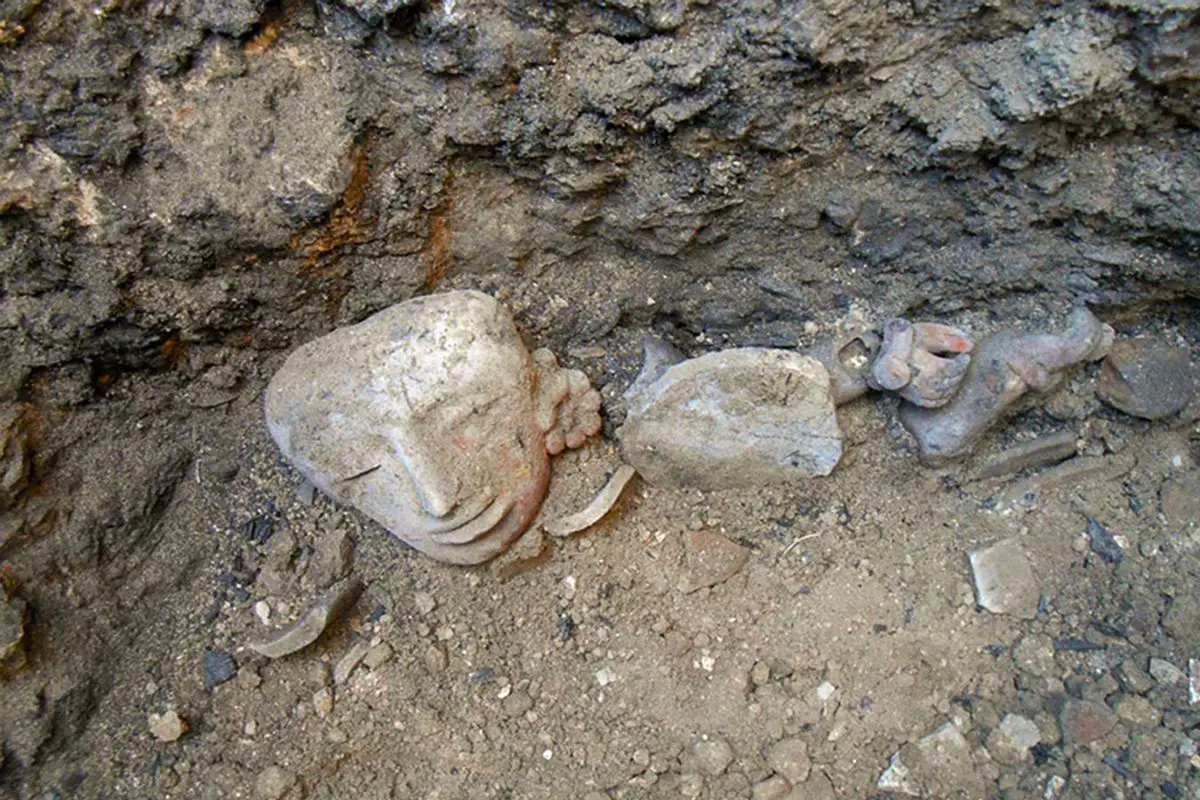Archaeologists excavating in the La Ventilla neighbourhood of Teōtīhuacān, have found that the inhabitants were linked to lapidary production.
Teōtīhuacān, named by the Nahuatl-speaking Aztecs, and loosely translated as “birthplace of the gods”, is an ancient Mesoamerican city located in the Teōtīhuacān Valley in present-day Mexico.
The development of Teōtīhuacān can be identified by four distinct consecutive phases, known as Teōtīhuacān I, II, III, and IV, with phase I starting around 200 – 100 BC during the Late Formative era, when the inhabitants coalesced around sacred springs in the basin of the Teōtīhuacān Valley.
It was during phase II that many of the most notable monuments within Teōtīhuacān were constructed, including the Pyramid of the Sun (the third largest ancient pyramid after the Great Pyramid of Cholula and the Great Pyramid of Giza), the Pyramid of the Moon, the Avenue of the Dead, and the Ciudadela with the Temple of the Feathered Serpent Quetzalcoatl.
La Ventilla, named after the present-day ranch the neighbourhood was located in, was a mix of administrative, religious, residential and craft workshops.
Previous excavations have found that the neighbourhood was a centre for the production of luxury objects, with a new project by the National Institute of Anthropology and History (INAH), focusing their research on an architectural complex called 3B, that was inhabited around 1,600 years ago.
The complex was home to members of the city elite, who were linked to a lapidary production industry, evidenced by the discovery of stone sculptures, and large amounts of by-product waste materials from the production of small objects made from shell, obsidian, slate, and bone.
Archaeologists also found several offerings located within three temple structures within the complex, where the team discovered burials, one of which is an adult female who was cremated and buried with more than 900 objects, including 792 clay miniatures, 43 figures made with tizate, and 95 miniature vases.
Header Image Credit : Julie Gazzola





